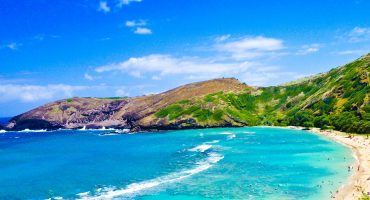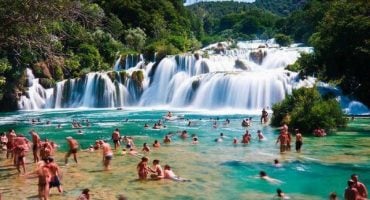I’m guessing that, for the most of you, the desert is not one of your “must see” destinations. It’s dangerous and sometimes uncomfortable and well… just a desert in the end. Yet there are so many things to learn about the desert and from the people who made it their home. Join me in this short tale about the desert and its people.
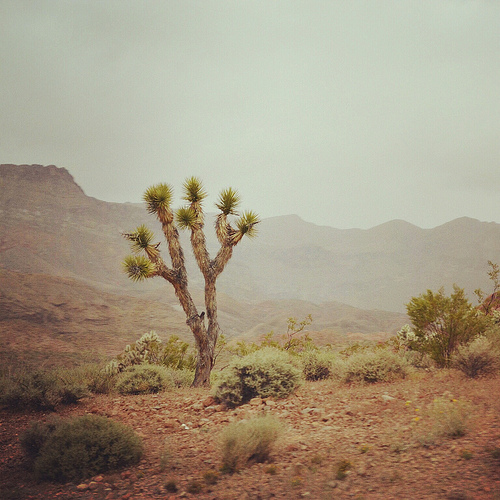
Contrary to the general belief, chopping up a cactus and drinking the water inside is not only much more difficult to do that it sounds, but also a bad idea, as cactus pulp can make one sicker than (s)he already is. One piece of advice from U.S. Air Force survival instructor Paul Green, as quoted by National Geographic is to put a plastic bag over the stem of a plant, cinch and wait for the water to condense.
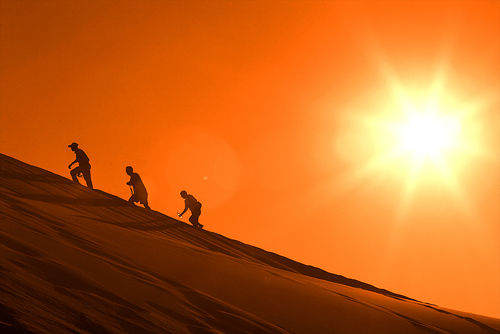
Dr. Gerhard Knies, a German particle physicist and the co-founder of TREC, a network of experts on sustainable energy, argues that the energy the Sahara Desert receives could power all Europe. For more information on this, watch his Ted Talk.
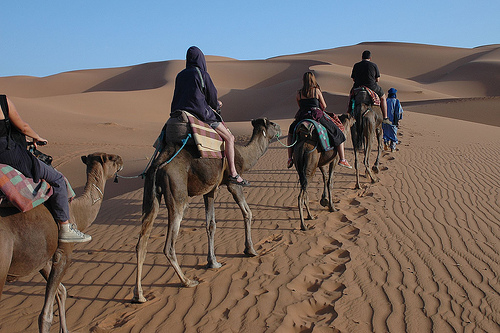
A silent caravan returns to camp in the Erg Chebbi Dunes, Morocco.
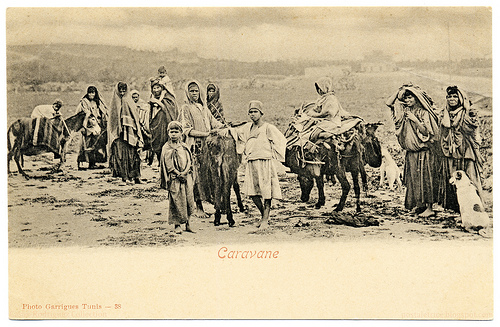
Despite the harsh conditions of the deserts, some people have made deserts their home for thousands of years. The Bedoiuns, the Tuaregs and Pueblo people are some of them. The photo above represents a poor caravan in Tunisia, circa 1904.
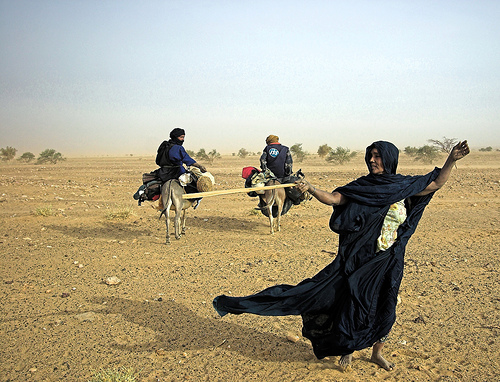
On a trip between Anefif and Al-moustaghat, in northern Mali, a woman shooes the donkeys carrying the luggage so they can go faster and reach camp before the sand storm reaches them.
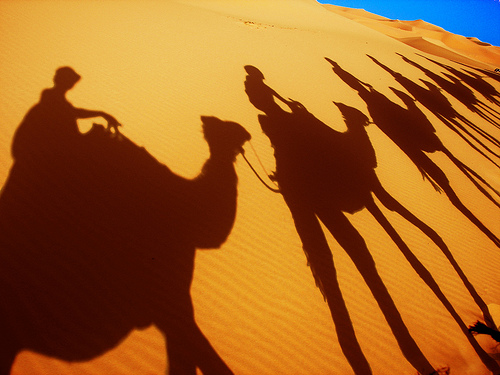
Did you think deserts are infinite oceans of sand? You might be surprised to know that Sand covers only 20% of Earth’s deserts. The rest is made of rock pavements, dunes, fluvial deposits, desert lakes and oases.
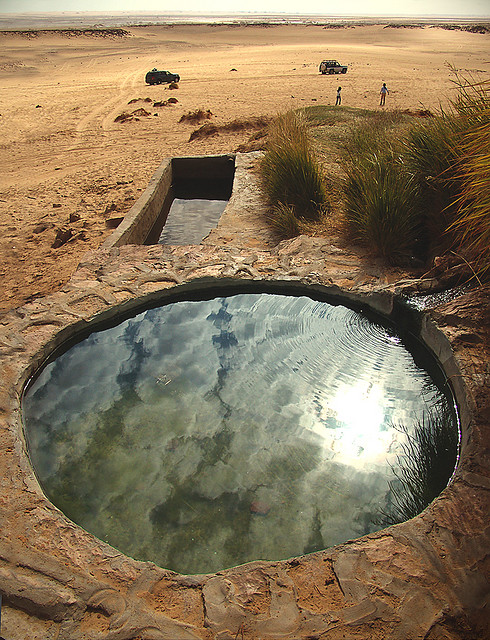
A small reservoir next to a natural spring in the White desert invites all travellers to drink from it. The photographer decided not to try the water after discovering the bodies in the next photo.
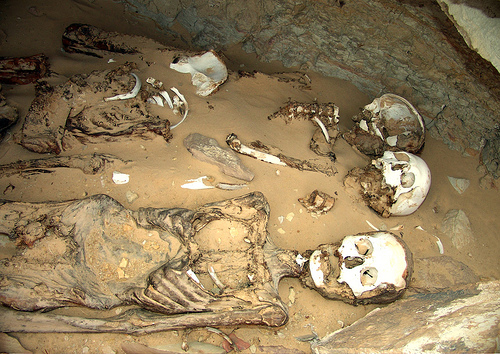
Featured image by chiaralily on Flickr.
So what about you? Do you think you could survive in the desert?
